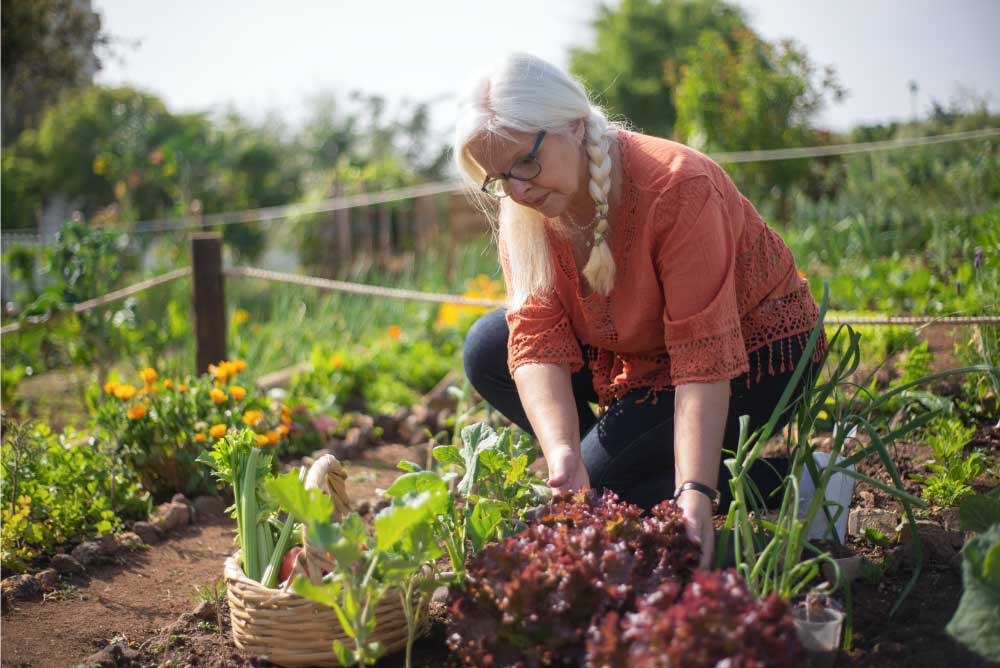The plant hardiness zone map is one of the most common tools gardeners use to figure out which plants can grow in their region. But there are several myths around this map, and believing them can lead to confusion during planting or care. Here, we will look at the biggest misunderstandings and explain the facts in a simple and practical way.

Myth 1: The Zone Map Predicts Exact Plant Survival
Many gardeners believe that if a plant falls under their zone rating, it will always grow without issues. This is not true. The zone map shows the average minimum temperature of an area. It does not tell you how a plant reacts to soil type, rainfall, sunlight, or sudden temperature changes.
Use the zone map as a general guide. After that, check the plant's soil preference, water needs, and sunlight requirement. If all these match your local conditions, then the plant has a much better chance of growing well.
Myth 2: The Map Covers All Weather Conditions
Another common belief is that the map considers heat tolerance, humidity, and seasonal weather patterns. It does not cover these factors. It focuses only on cold temperatures. Some plants survive cold but fail under high heat or very dry conditions.
Before choosing a plant, look at its heat rating and moisture needs separately. If you live in a region with very hot summers, check whether the plant can handle such conditions. Cold resistance alone does not guarantee good growth.
Myth 3: Your Entire Property Fits a Single Zone
Many assume their whole garden or yard falls under one zone. In reality, your property might have several microclimates. Shaded areas, spots near walls, places with good air flow, or areas facing strong sunlight can each behave differently.
Walk through your garden and identify warmer or cooler areas. For example, a sunny corner may support plants rated for slightly warmer zones. A low spot that traps cold air may behave like a cooler zone. Plant based on how each area behaves rather than sticking to one number.
Myth 4: A Higher Zone Number Means Better Growth
Some think that a plant rated for a higher zone is better or stronger. A zone number does not indicate strength. It only shows the minimum winter temperature a plant can handle. Plants that thrive in warm zones might fail in cooler regions and vice versa.
Select plants based on your climate and not based on which zone appears higher or lower. If your winters are cold, choose plants that can handle low temperatures. If your area stays warm, pick plants that thrive in that climate.
Myth 5: The Zone Map Never Changes
Some gardeners think the zone map is fixed. But the map is updated from time to time as weather records shift. These updates reflect real patterns gathered over several years. This means your zone number can change depending on long-term temperature data.
Look for the most recent version of the plant hardiness zone map before planning new plants. If your zone has shifted, choose plants that match the updated temperature range.
Myth 6: Plants Will Fail Immediately If You Pick the Wrong Zone
Many believe that if a plant is one zone off, it will die the moment cold weather arrives. Some plants have more flexibility than their labels suggest. Factors like mulch, placement, and shelter from wind can help them survive.
If you want to try a plant that is slightly outside your listed zone, place it near a protected area such as a wall or fence. Add mulch to help the roots stay warm. This may help the plant survive even if it is rated for a slightly warmer zone.
Myth 7: The Zone Map Works the Same for All Plant Types
Some gardeners think all plants behave the same under zone ratings. Certain plants, like tropical varieties, react quickly to cold temperatures. Others, such as shrubs or trees with deep roots, can tolerate colder days better.
Look at the type of plant you are buying. If it is sensitive to cold, follow its temperature range closely. If it is a hardy variety, it may have more tolerance than the zone label suggests.
Conclusion
The plant hardiness zone map is a helpful starting point for choosing plants, but it is not a complete guide by itself. By understanding these myths, you can make better choices and avoid planting mistakes. Use the map as one part of your planning and match the plant to your local conditions. This will give your garden the best chance to grow successfully.






